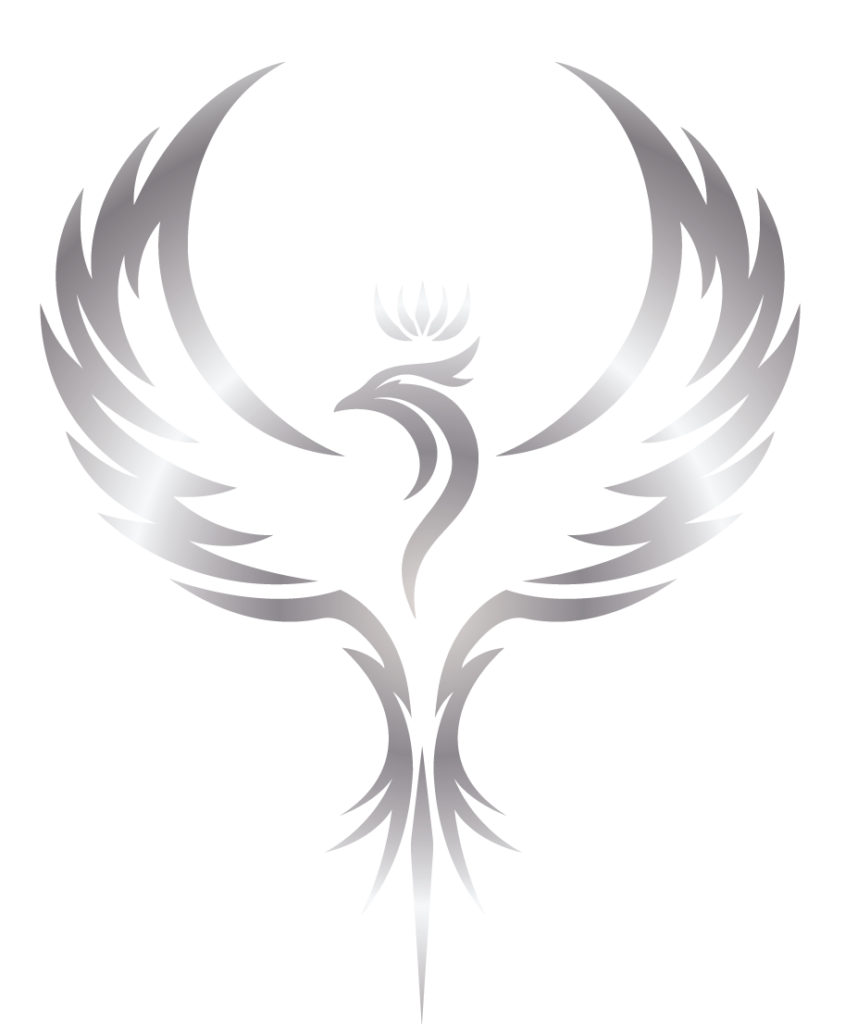Anti-Reflux Surgery

What is a hiatal hernia, and why is reflux sometimes difficult to treat with medications?
Your esophagus travels through a hole in your diaphragm to get from your chest to your abdomen where it joins your stomach. Over time, sometimes, that hole gets stretched out; this is called a hiatal hernia. Because the hole is stretched, your esophagus acts like a rubberband and pulls your stomach partly up into your chest. This allows stomach acid to move freely up your esophagus, causing that reflux or heartburn feeling you have.
What can surgery do for you?
Surgery is performed to make the esophagus a bit more stretchy, restore the stomach to the abdomen, and tighten the hole around the esophagus to prevent your stomach acid from backwashing into your esophagus. This will allow you to become symptom-free without medications!
What to Expect
Before Surgery:
Usually, an EGD will be performed to assess the presence and size of your hiatal hernia. Sometimes, special tests will be ordered to check the function of your esophagus if you have any difficulty swallowing. Then, a full discussion about the surgery will take place prior to scheduling the operation. We do NOT use mesh to repair these hernias in our practice.
Day of Surgery:
You will be requested to stop eating and drinking at midnight on the day of surgery. You can take your morning meds with a sip of water, though. Surgery usually takes about 1-1.5 hours. When you wake up, you can expect 6 small incisions (two 5mm, three 8mm, and one 12mm) that are closed with sutures that dissolve on their own; they will also have sterile superglue on top of them. You will be admitted overnight after surgery.
After Surgery:
You may have ice chips after you awaken from surgery. The next morning, you will go for a “swallow study” where you dink a small amount of fluid and stand in front of an X-ray machine. We will be able to watch the fluid go down your esophagus, through the hiatal hernia repair, and into your stomach. You will then be able to have clear liquids. You will typically be discharged home around noon the day after surgery. You may take a shower whenever you like but please do not submerge your incisions until the glue and scabs are gone (no bathing or swimming yet). Activity is as tolerated: meaning that if the task does not hurt, it is okay to perform. If what you are doing causes pain, please stop. Most people are back to normal activities within 48 hours. You will receive a prescription for pain meds at discharge, and you should augment these with Tylenol and NSAIDs (ibuprofen, Motrin, Advil, Aleve, etc). We will see you back in the office 7 days after discharge to make sure everything is going well, but feel free to call at any time if you are worried! Please DO NOT advance your diet faster than discussed in clinic before surgery.

Ainsley Freshour, MD, FACS, DABS
Robotic, Minimally Invasive, and Bariatric Surgeon
Board Certified General Surgeon and Surgical Intensivist

